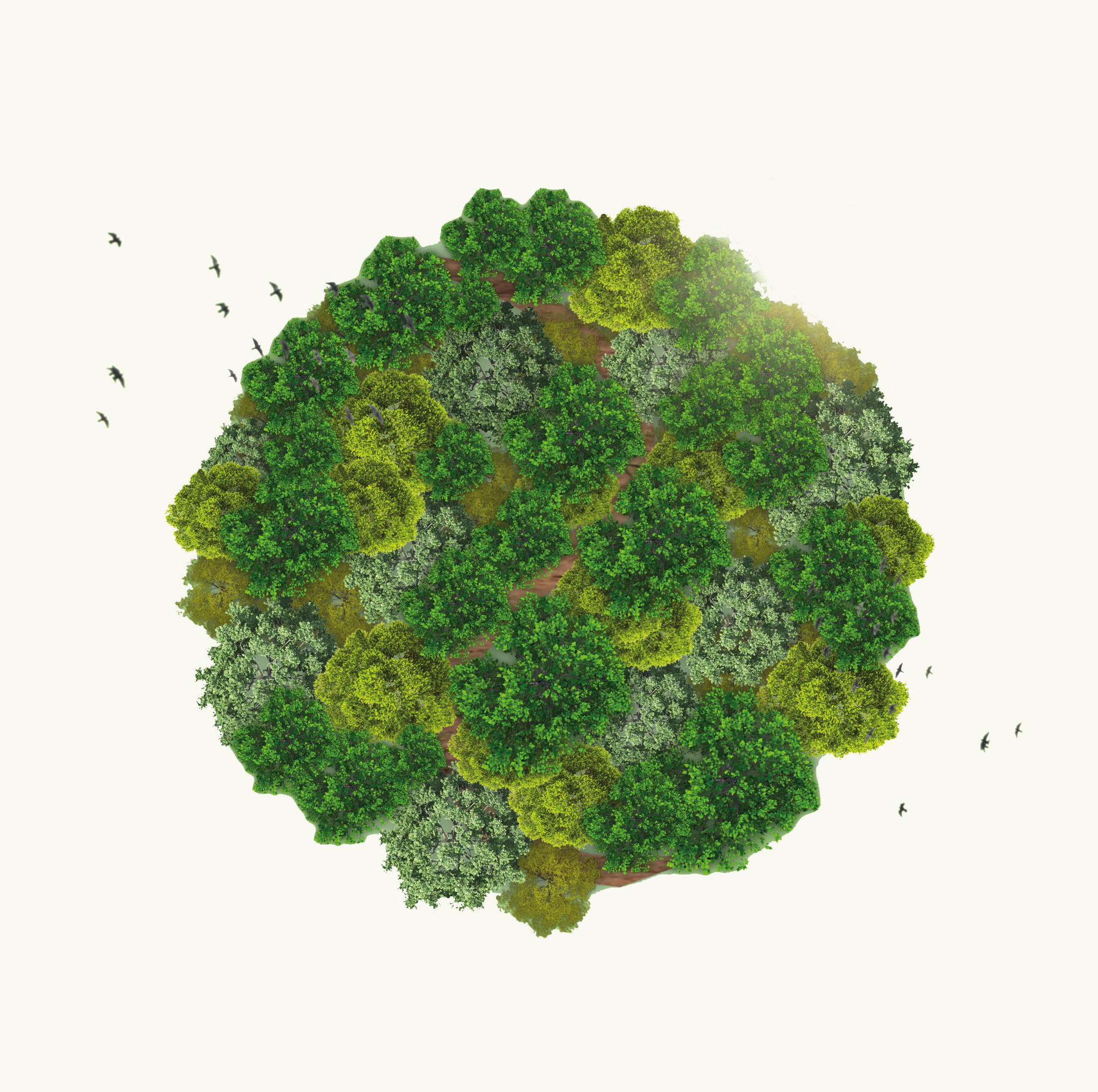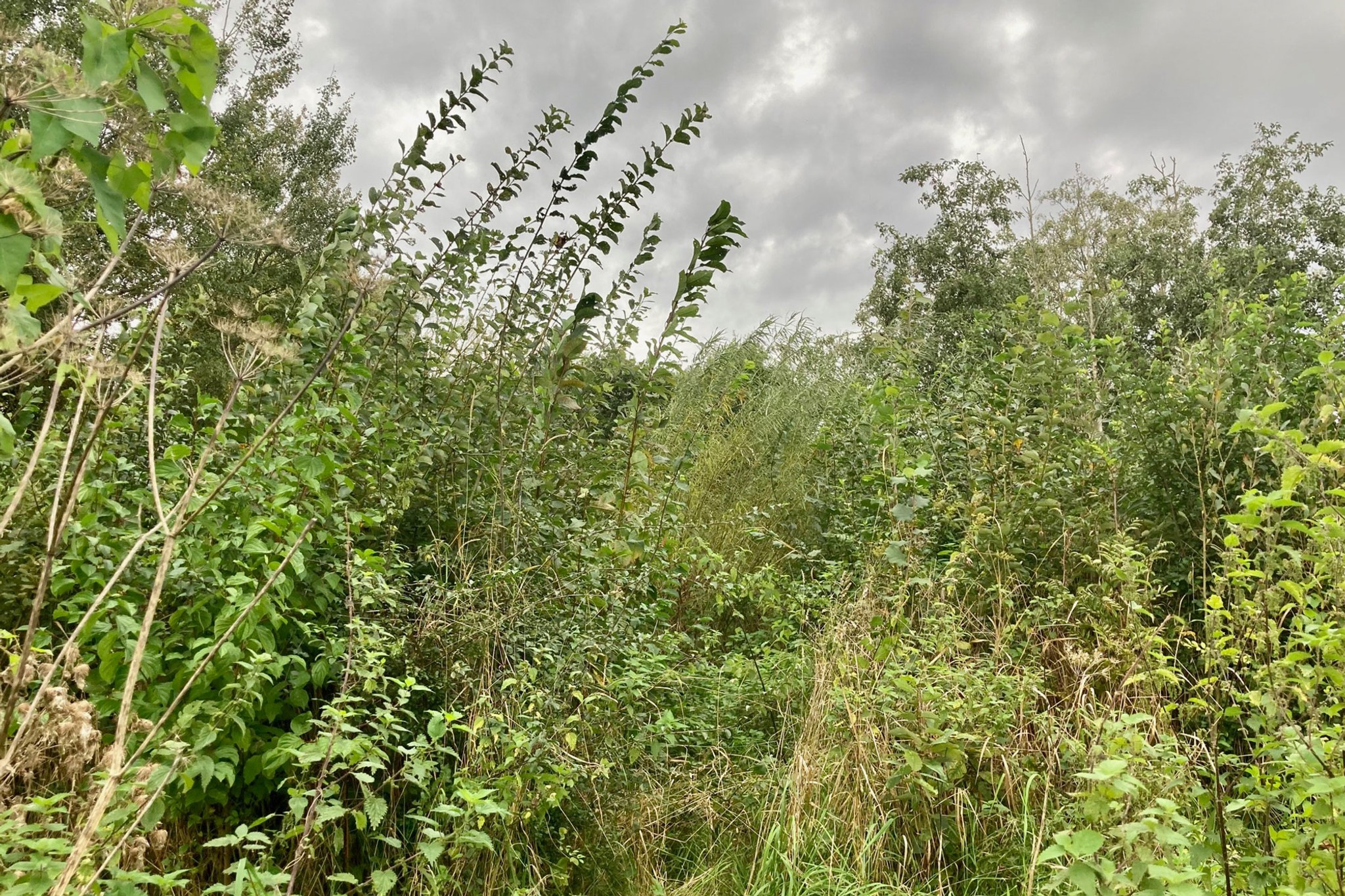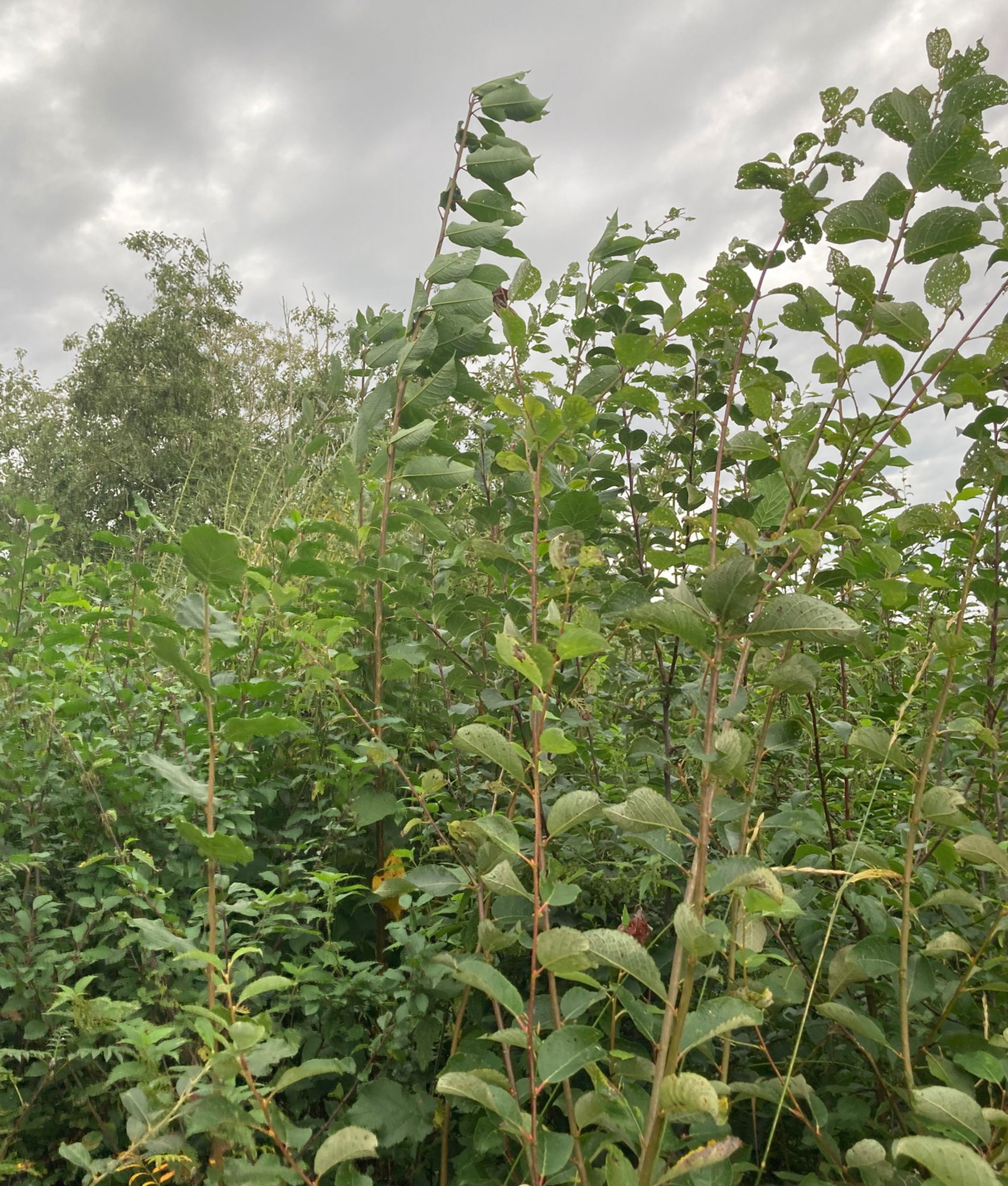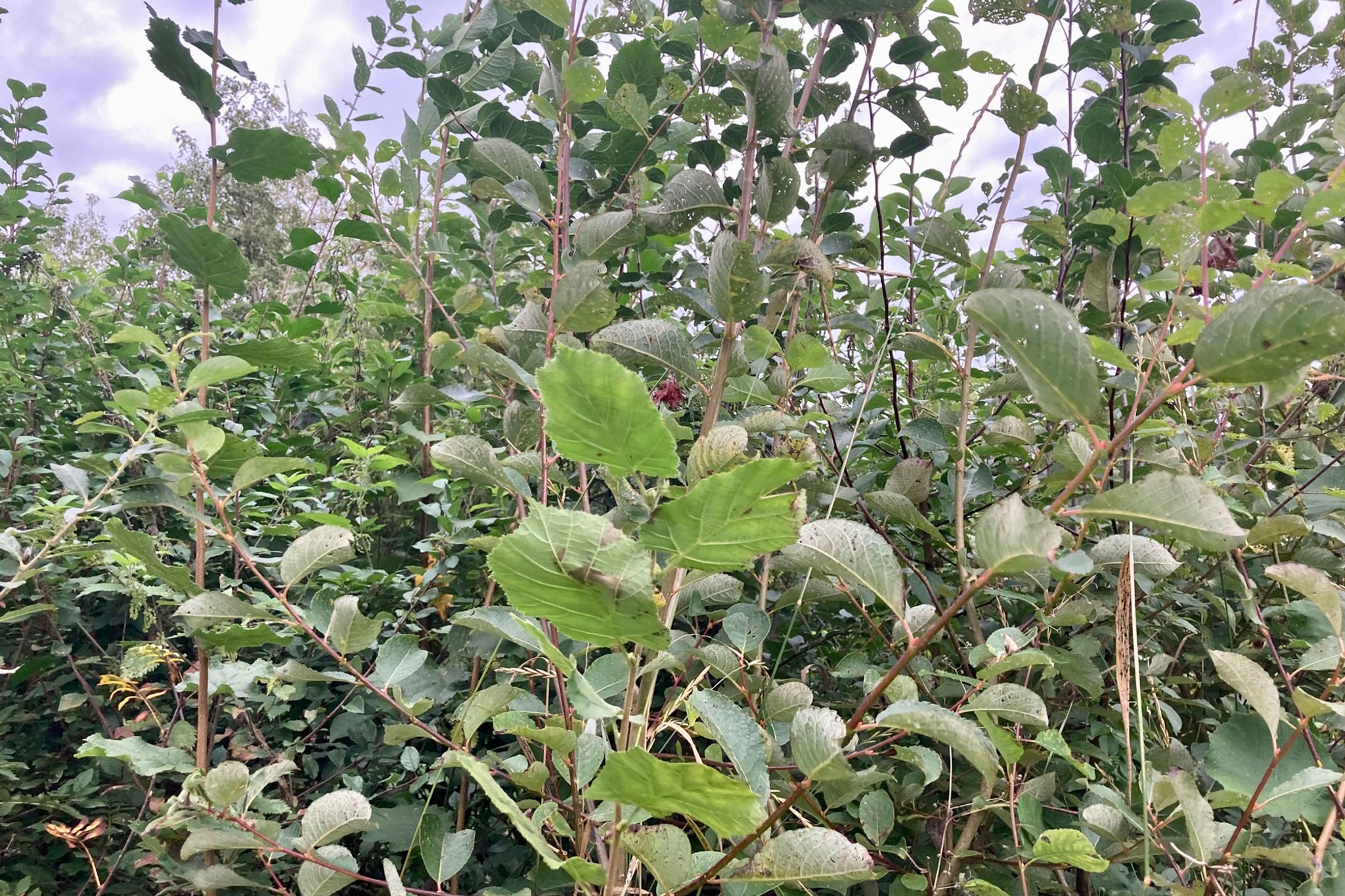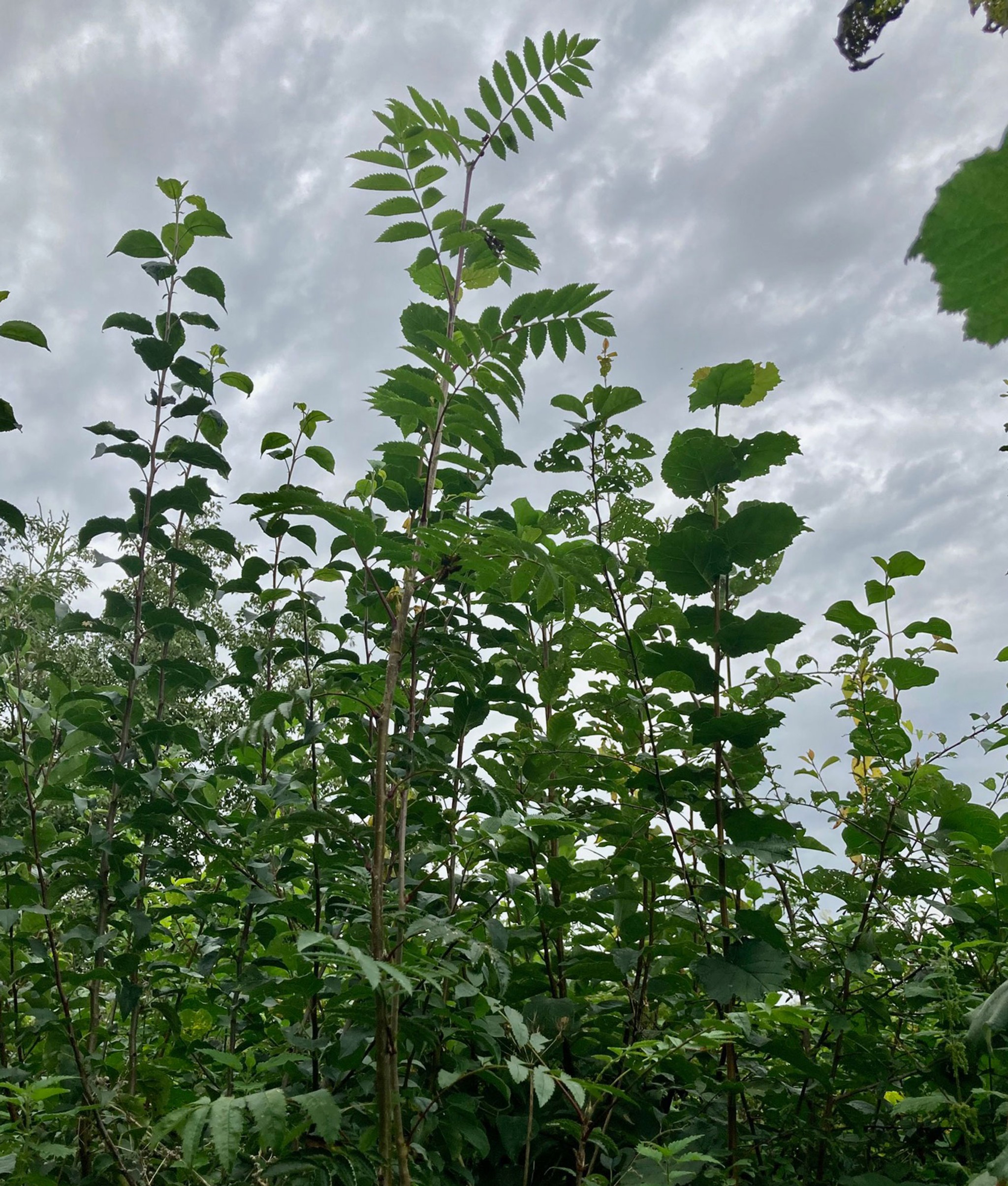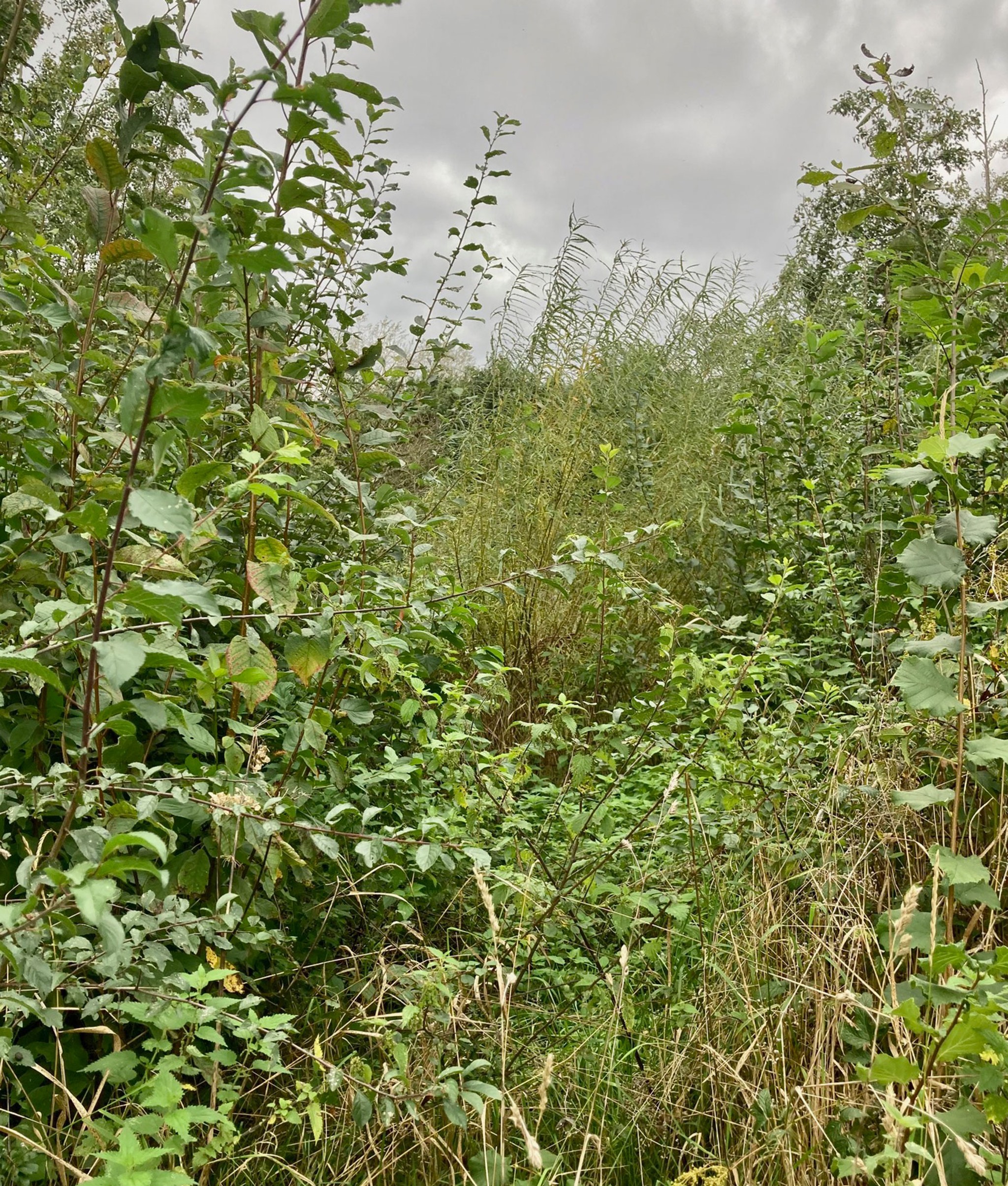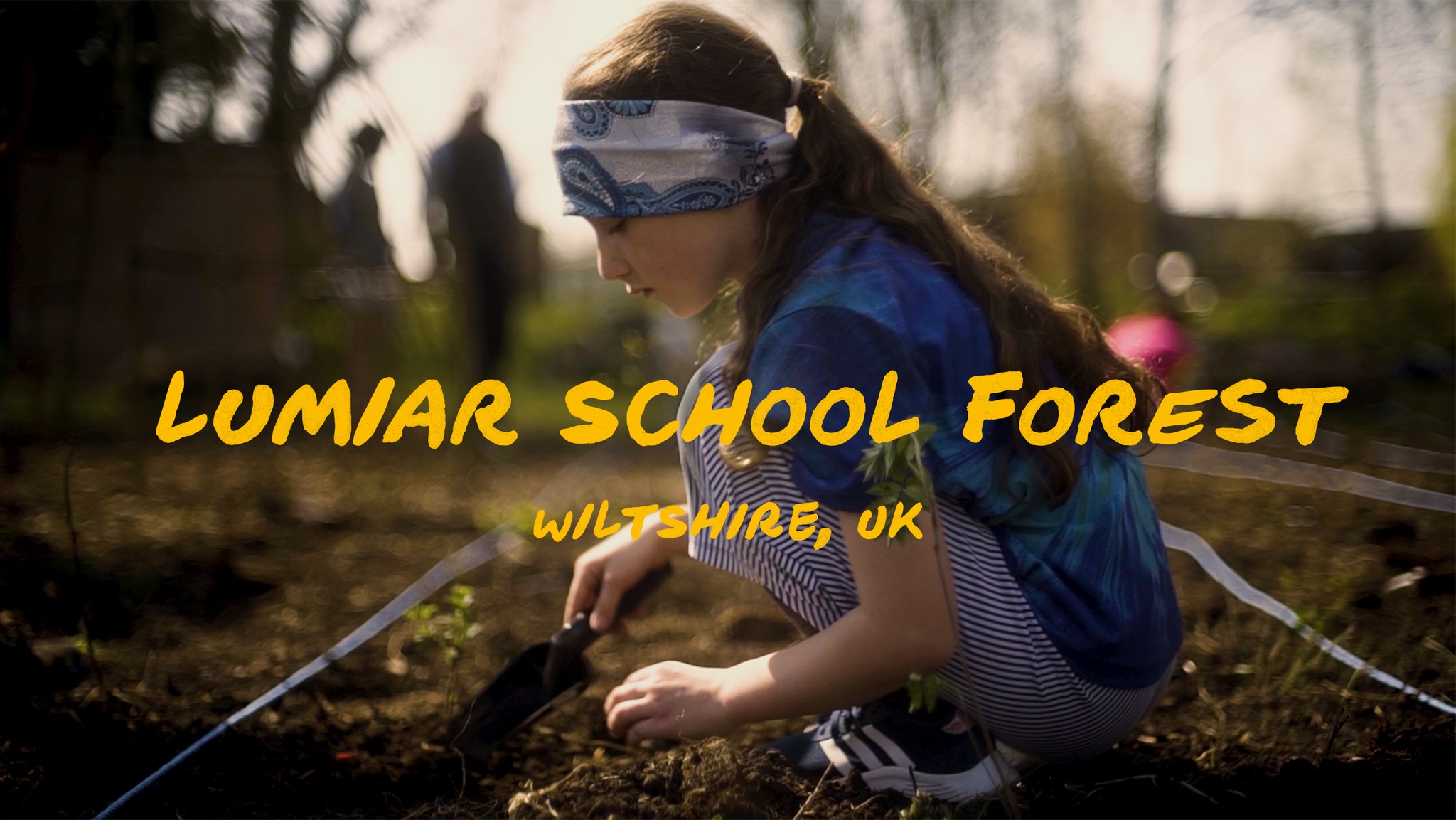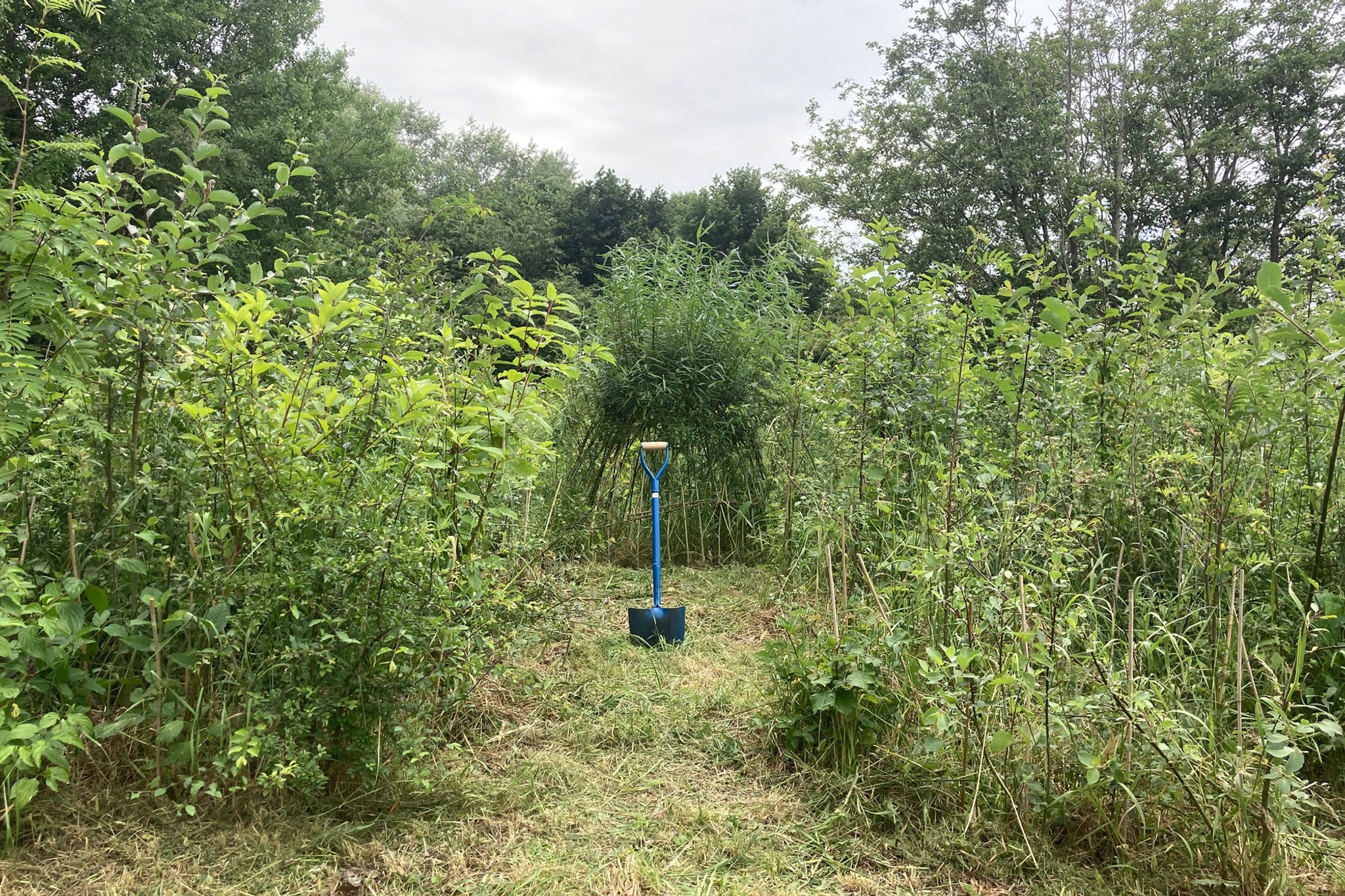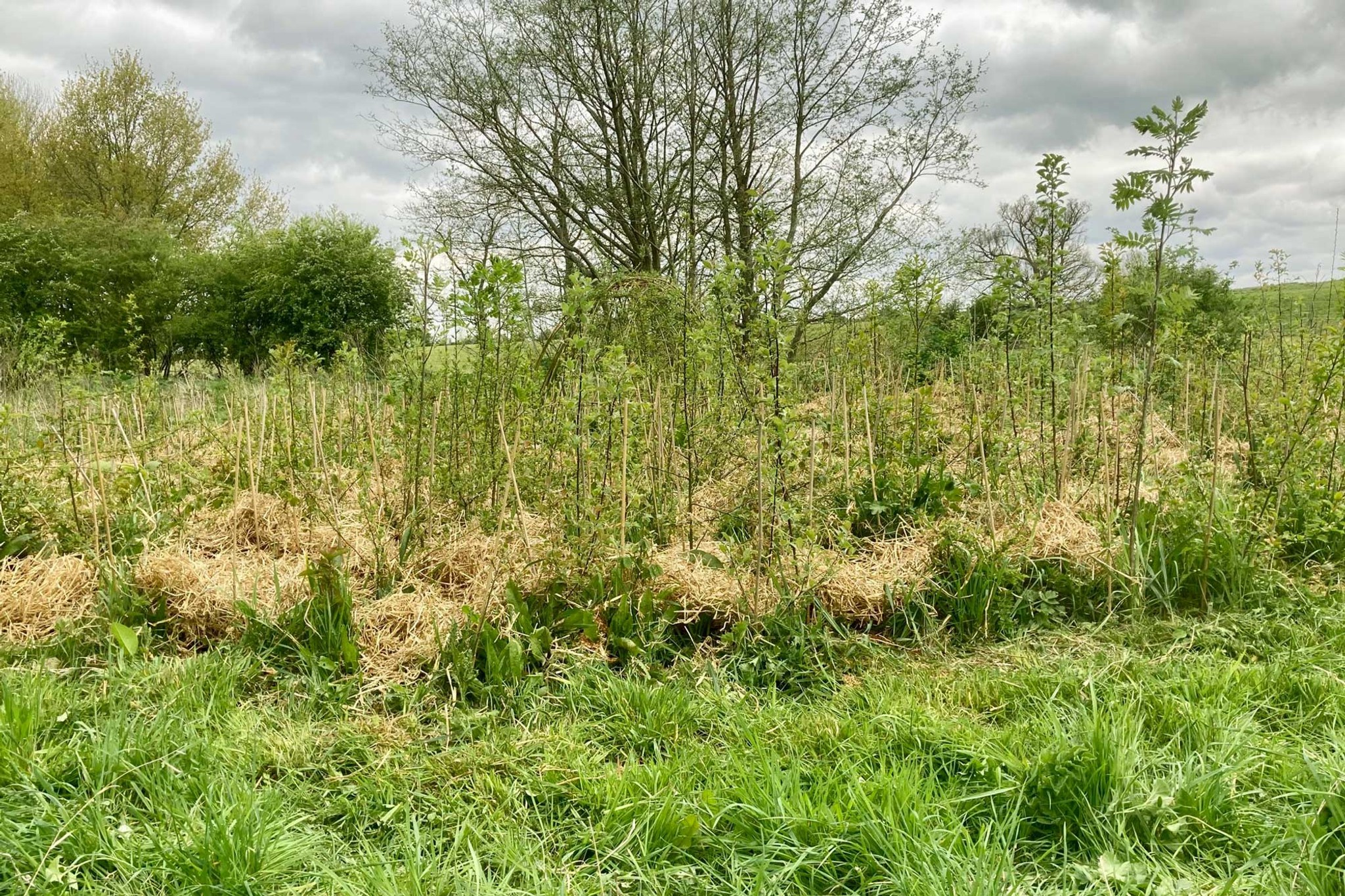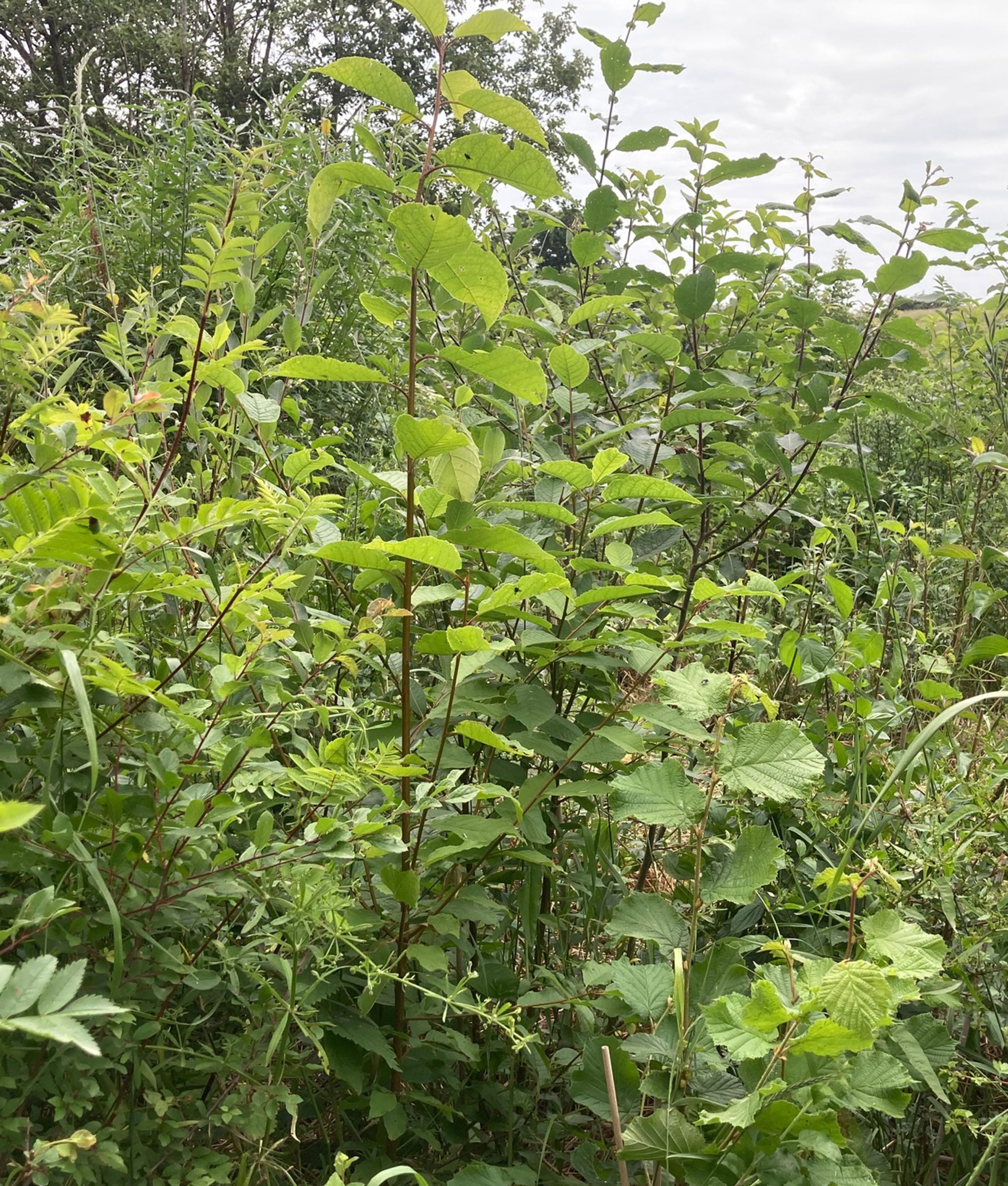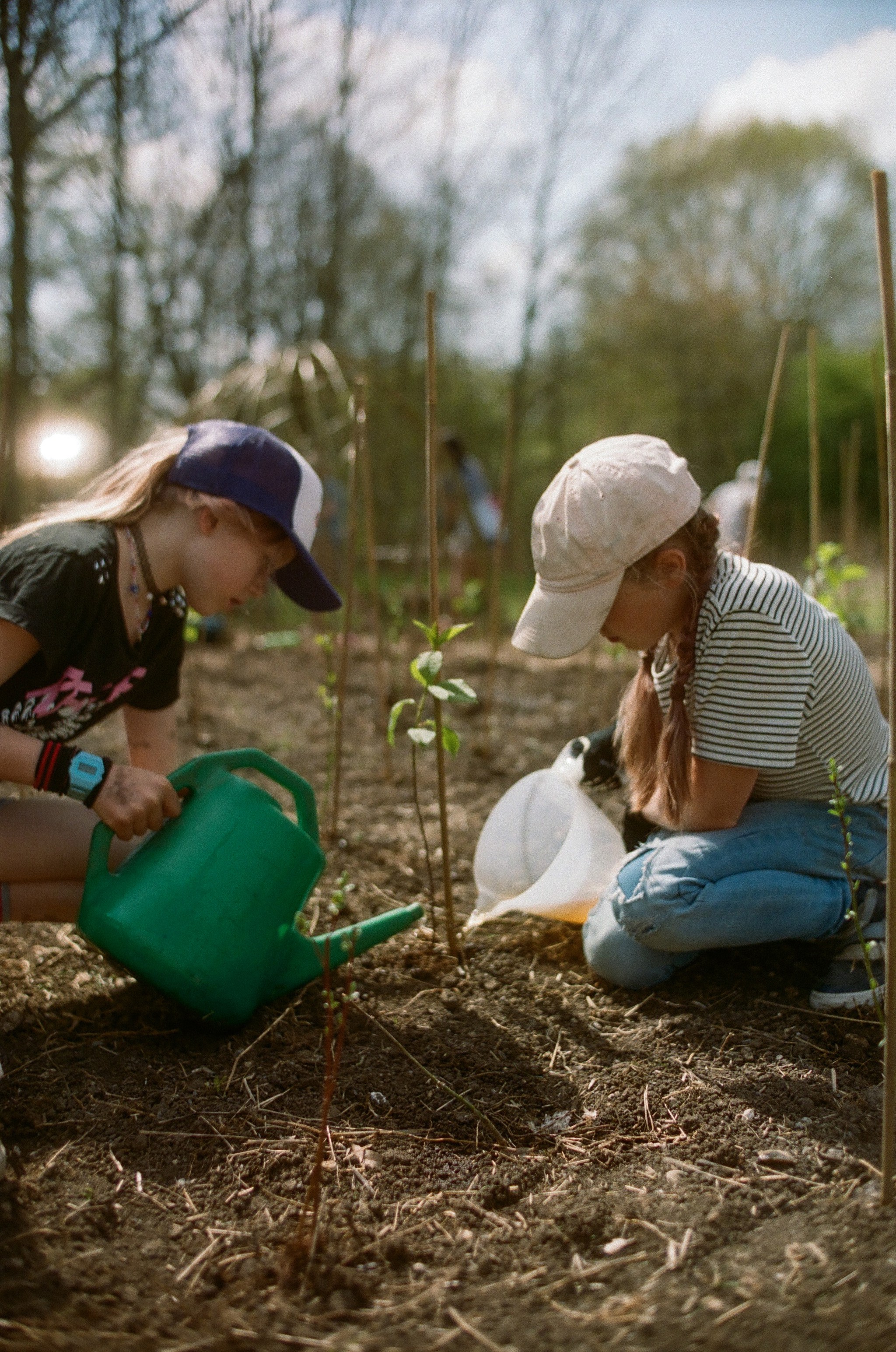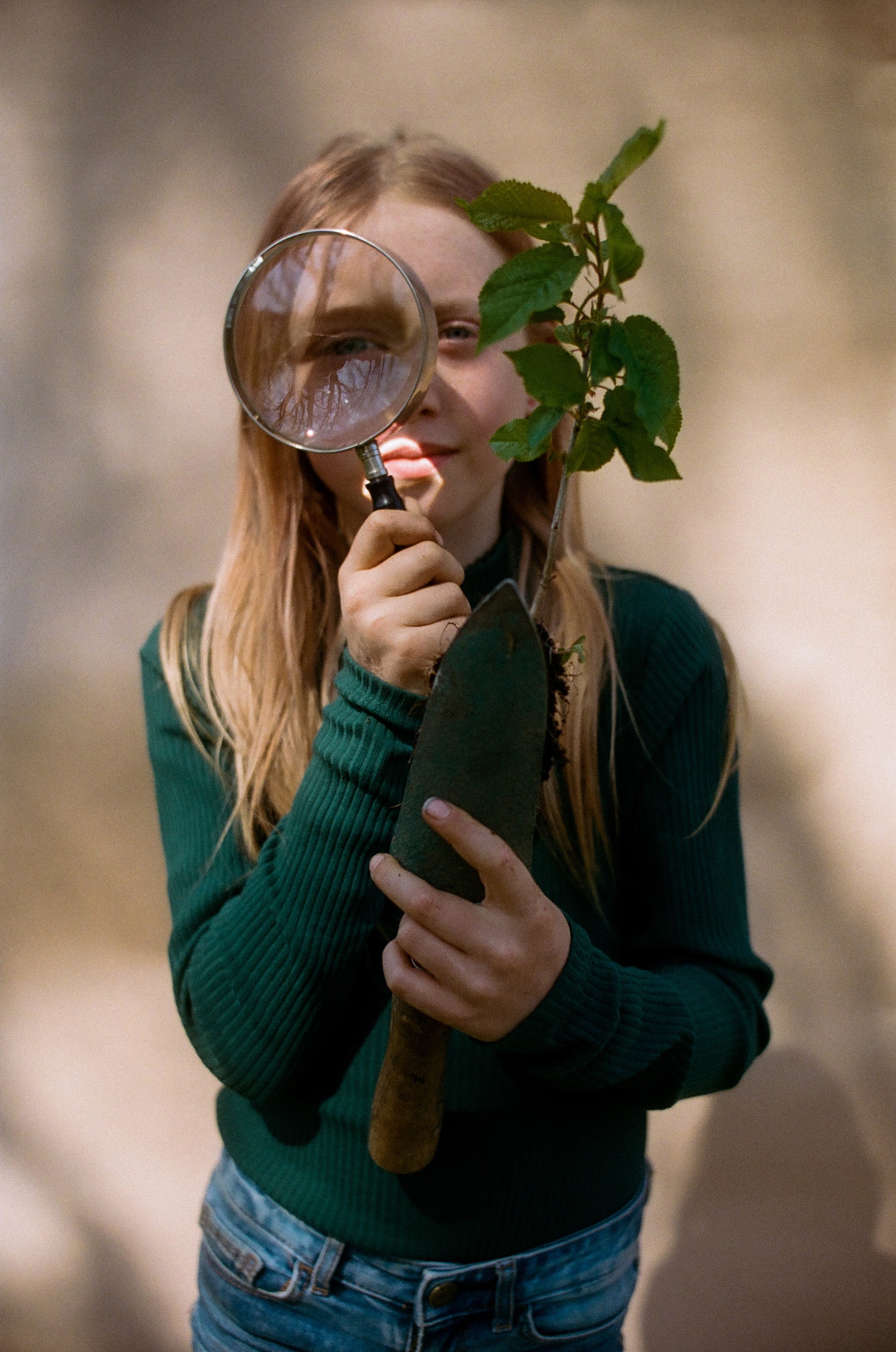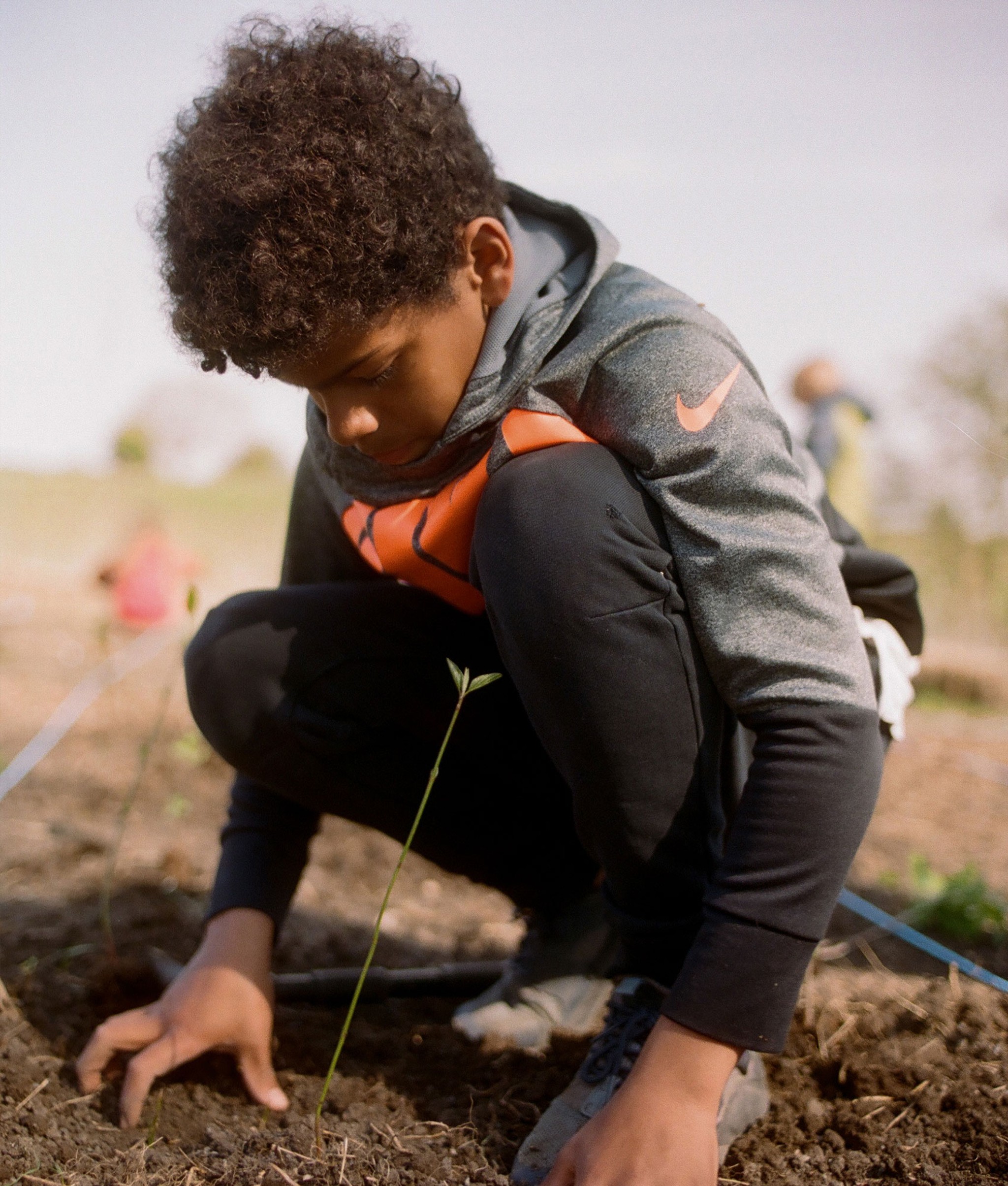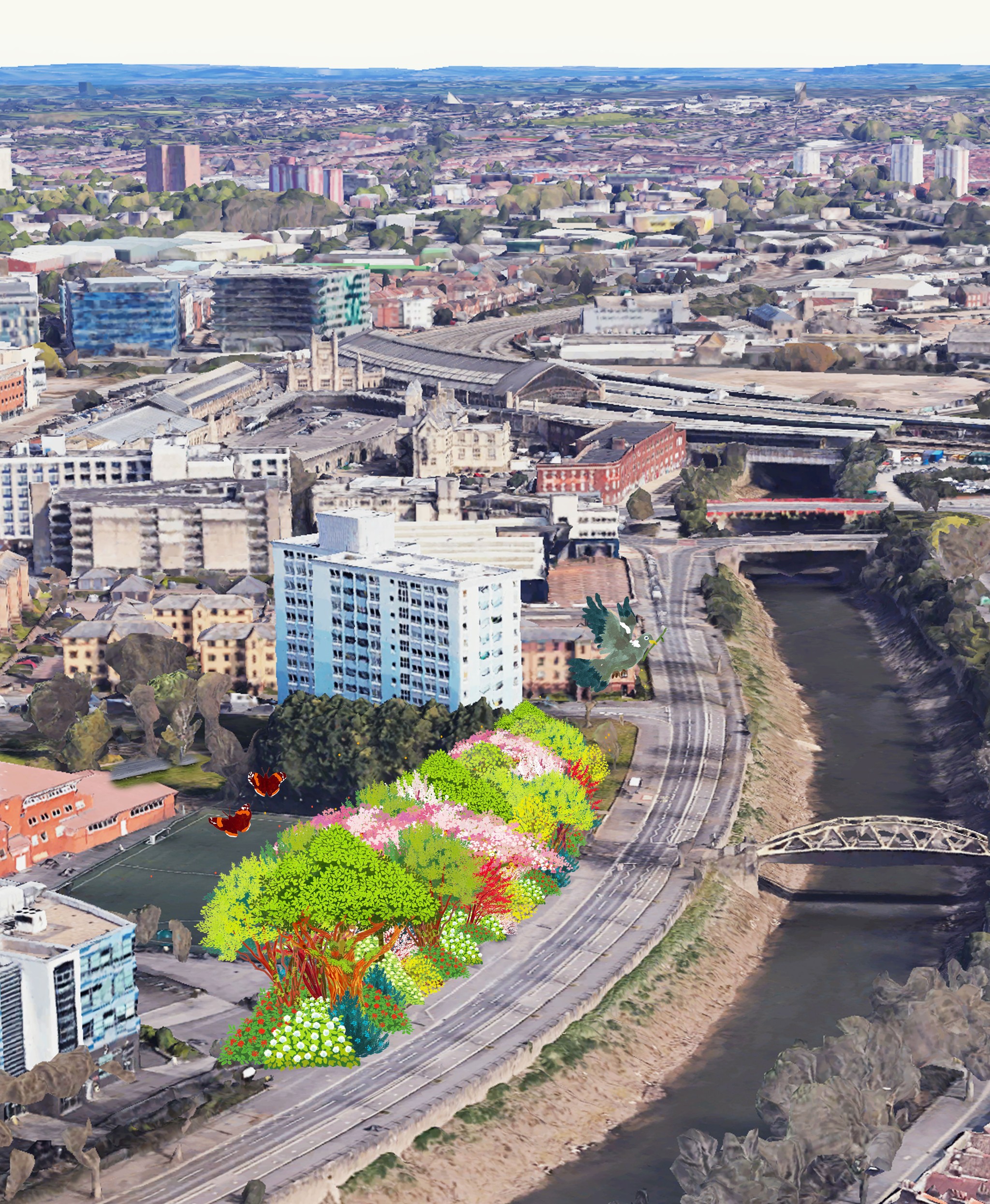Lumiar School Forest
A bee-friendly forest in Wiltshire.

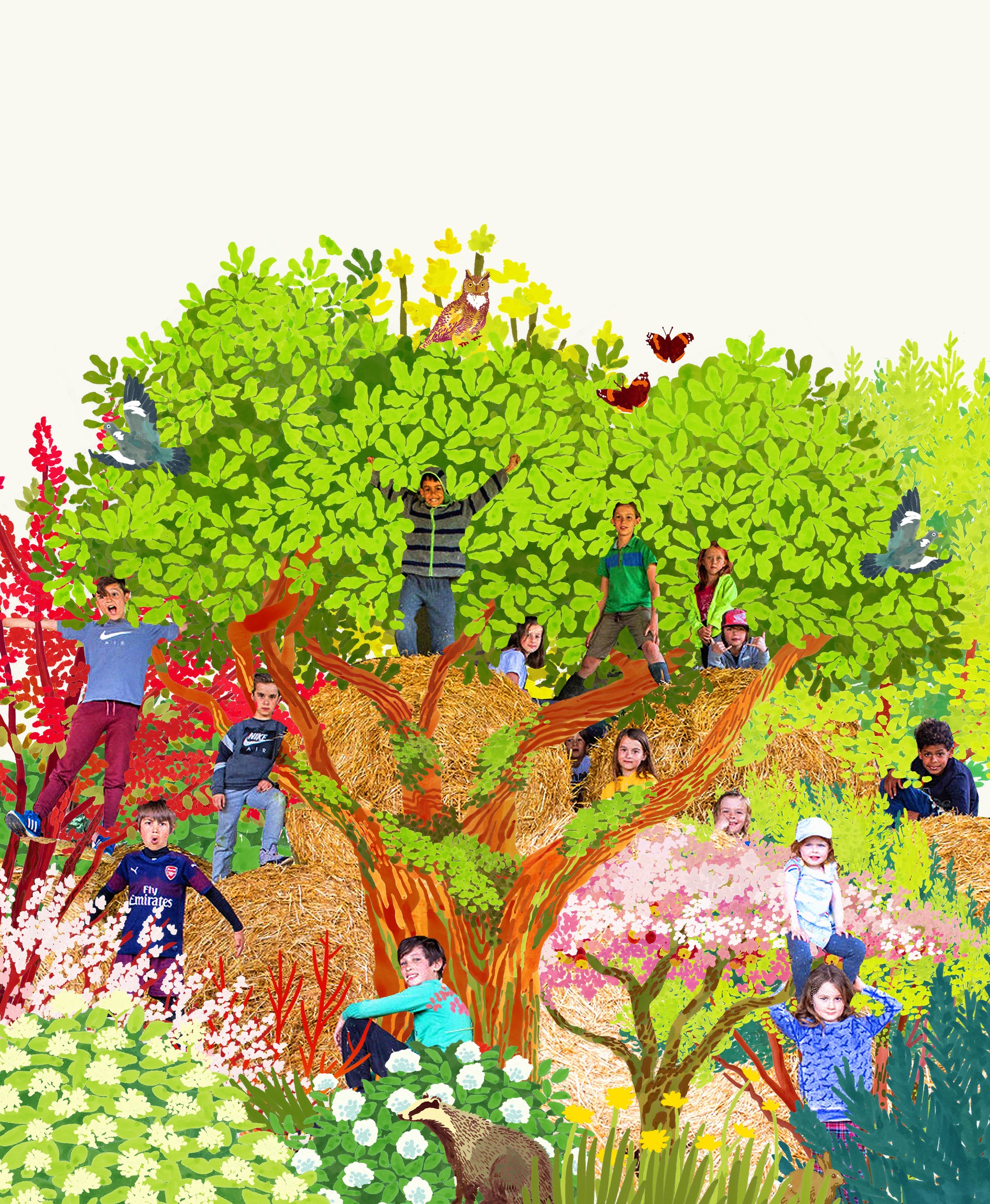
0
Trees
0
Square Meters
0
Native Species
0
Youth Impacted
Self Sustaining Forest
Planted in April 2021, Lumiar School Forest began as a barren field showing minimal ecological diversity. Over time, it has transformed into a lush, green forest with dense vegetation, thriving trees, and a rich undergrowth.
The forest now serves as a sanctuary for local fauna, and the diverse mix of plants has created a multi-layered canopy that helps suppress weed growth, ensuring the forest remains healthy and balanced. Interestingly, the forest has never been watered, relying solely on natural rainfall, a testament to its resilience.
Forest Maker
James Godfrey-Faussett
Forest Partner

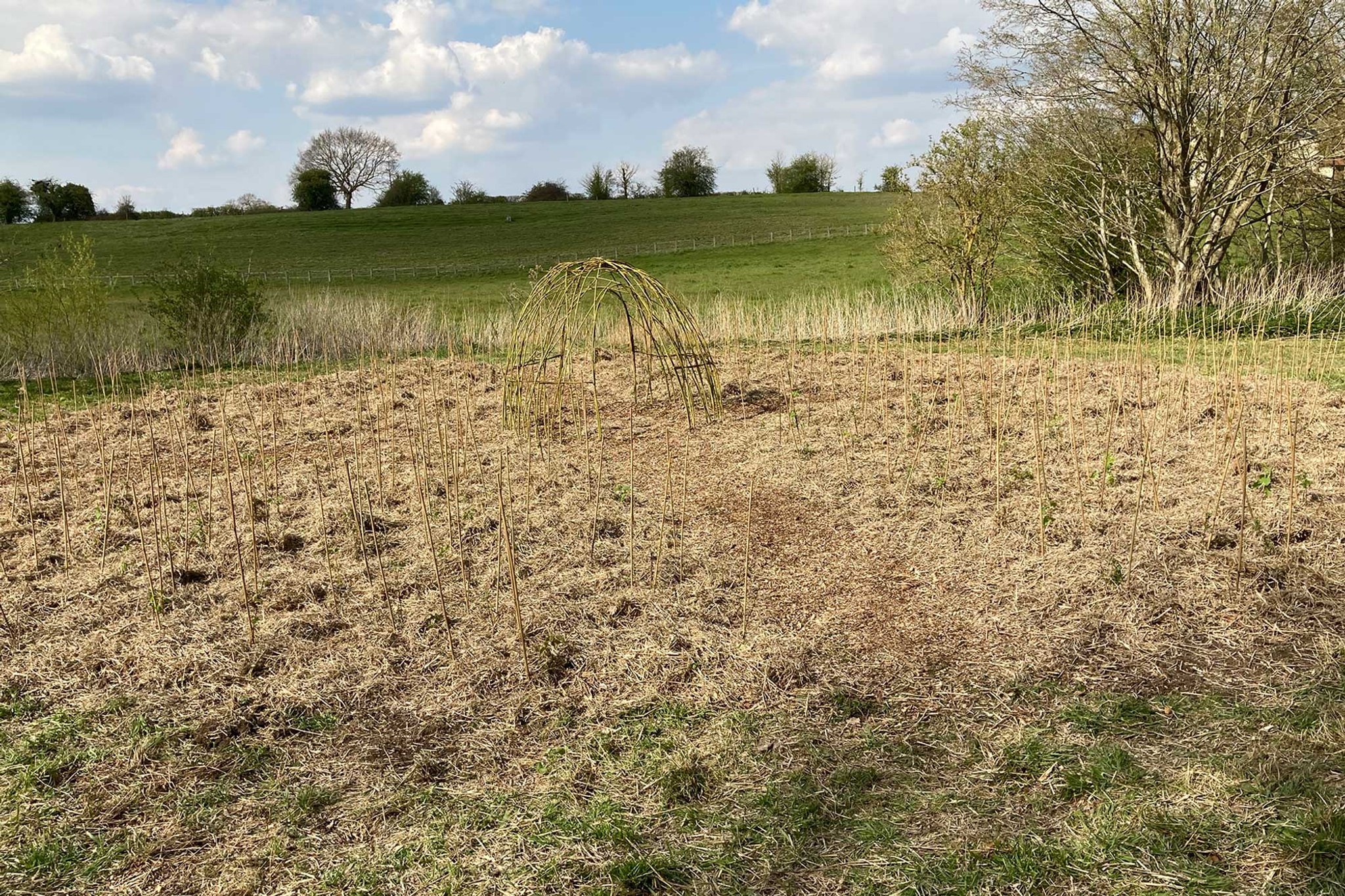
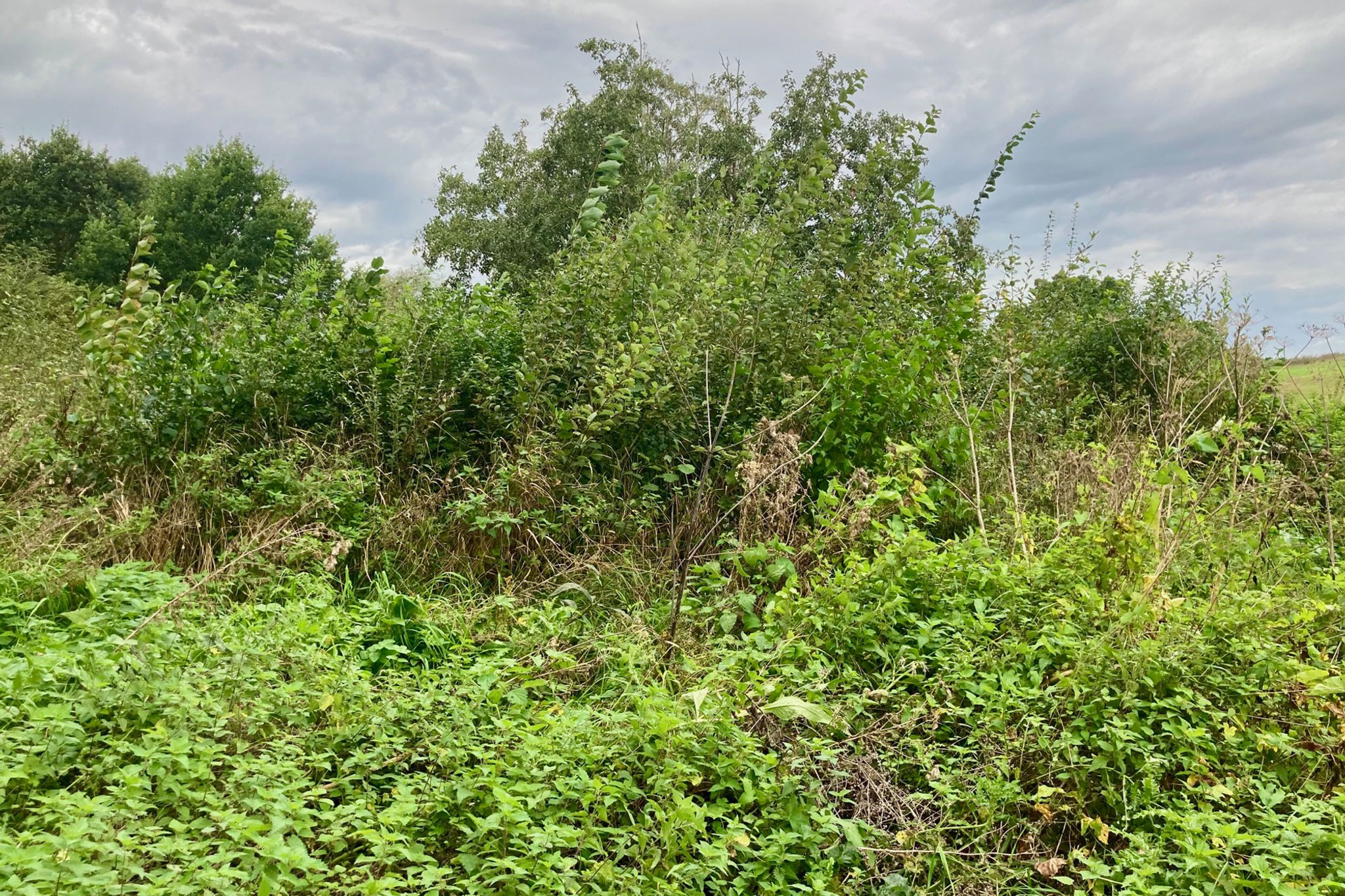
Ecosystem Restored
Final report: 19.12.2024
After approximately three years our SUGi Pocket Forests become self-sustaining. They no longer require human maintenance or watering, and can be handed over to Nature for biodiversity and complexity to naturally develop.
0%
Survival Rate
0
People living within 300 meters
0
kg of potential CO2 sequestration
Biodiversity
Biodiversity is all the different kinds of life you'll find in one area—the variety of animals, plants, fungi, and even microorganisms like bacteria that make up our natural world. Each of these species and organisms work together in ecosystems, like an intricate web, to maintain balance and support life.
0
Potential number of mammals
0
Potential number of birds
0
Potential number of amphibians
Forest Report: 2022
0 Months
Forest Age
0%
Survival Rate
0m
Tallest Tree
The tallest species is the wild cherry (Prunus avium), with an average girth of 20mm. The forest continues to thrive and reach a good canopy height - weeds are starting to slow due to the increased shade. This is all with zero watering even during the 2022 summer heatwave and drought.
The lower species such as common dogwood (Cornus sanguinea), spindle (Euonymus europaeus) and hawthorn (Crataegus monogyna) are really benefiting from the shade and the interaction offered by the taller faster growing species; they are starting to fill out the lower strata layer.
The forest soil shows a clear sign of healthy mycorrhizal fungi establishment.
“Lumiar is a small, progressive school that engages children with fun hands-on nature-based activities and learning. Our aim is to create a unique bee friendly native forest with the help of the children and local community.”
James Godfrey-Faussett
Planting: April 2021

Why a Bee Friendly Forest?
Bee populations are diminishing rapidly and alarmingly. By creating a tiny forest of specific native trees that flower successionally, we can offer the bees an almost continual food source and well as their favoured trees for winter hibernation.
The children study and monitor the bees and the many other forms of biodiversity that Miyawaki forests make possible.
